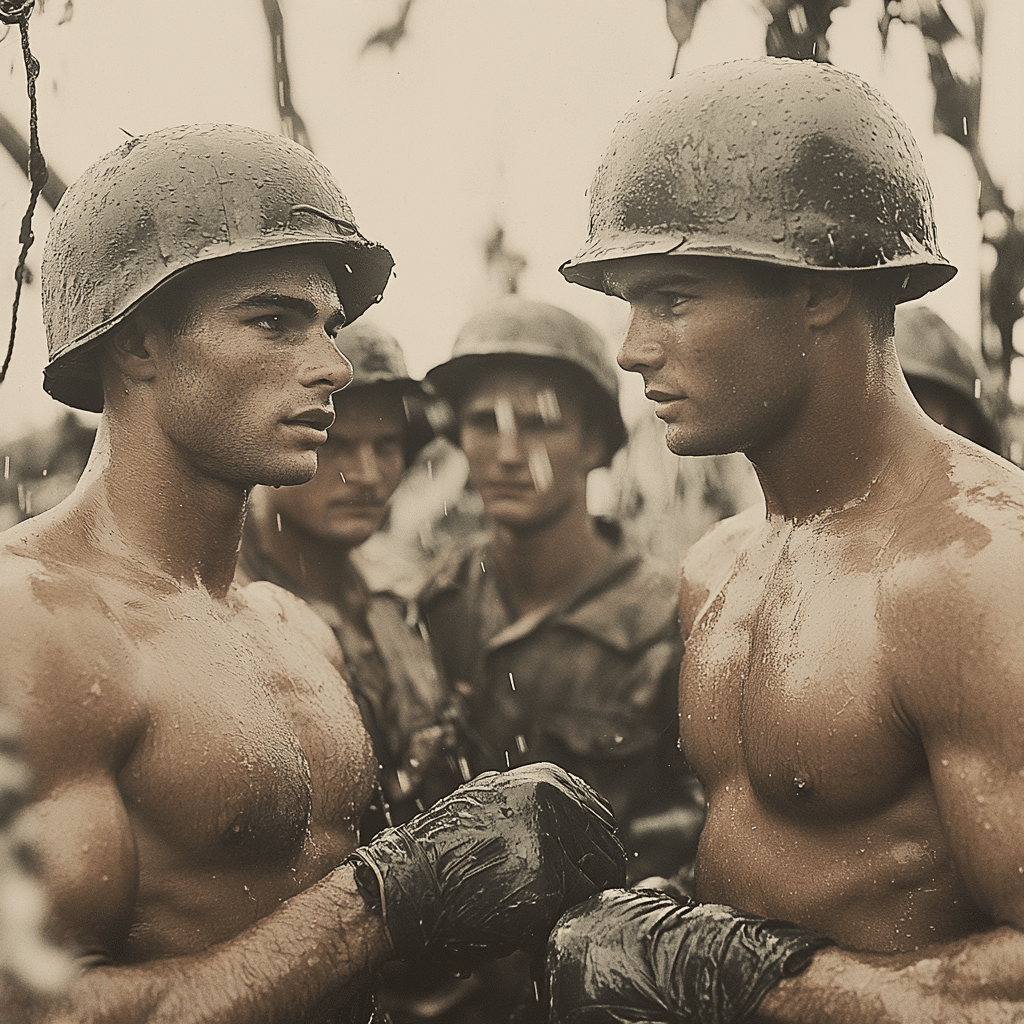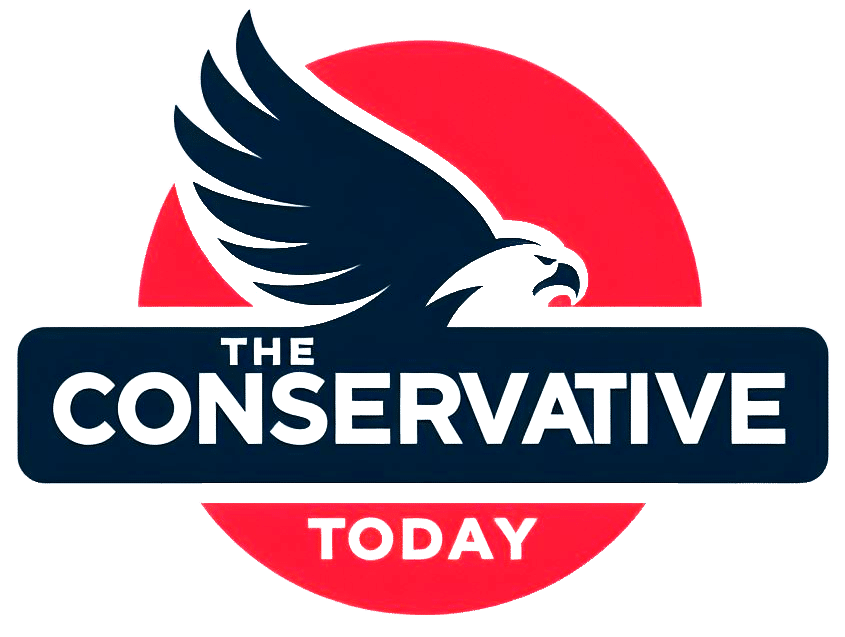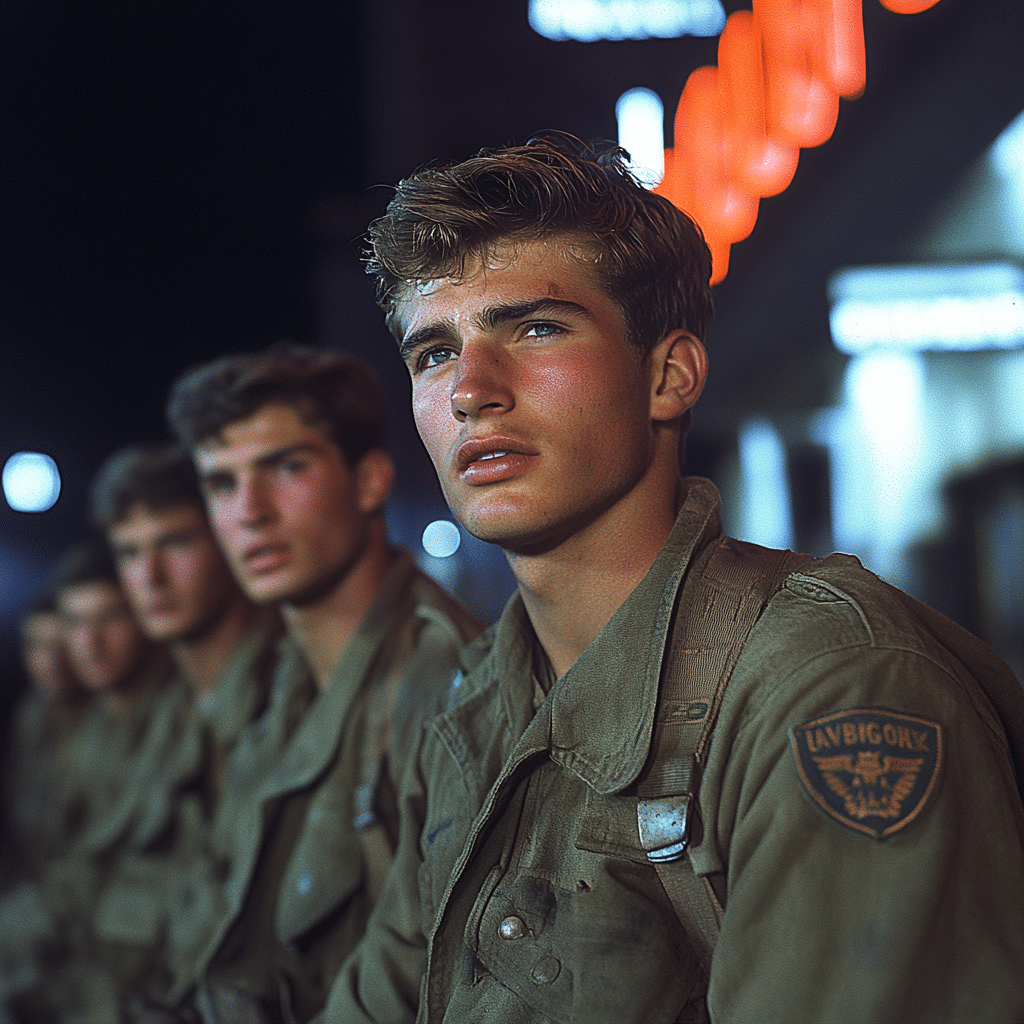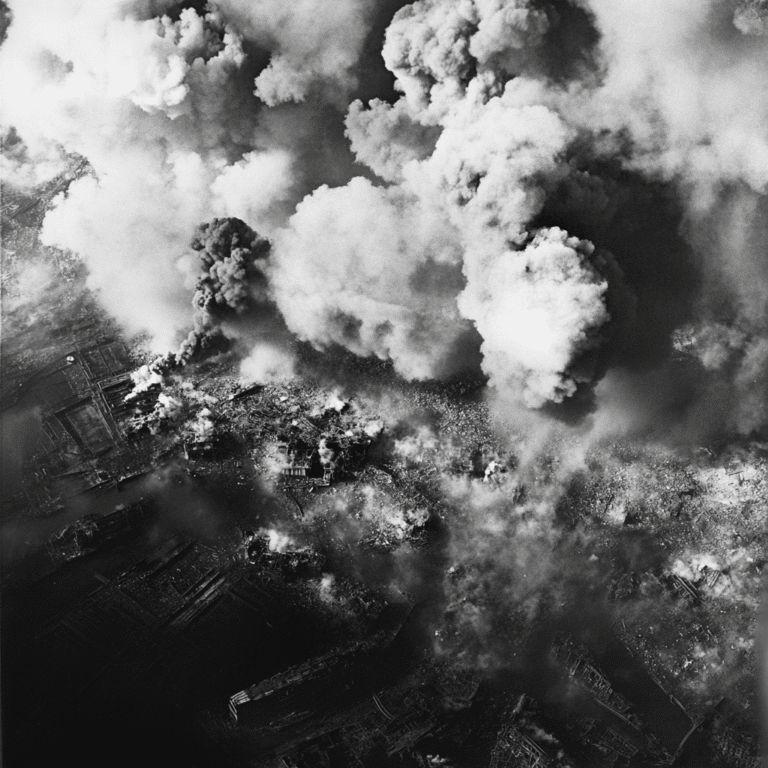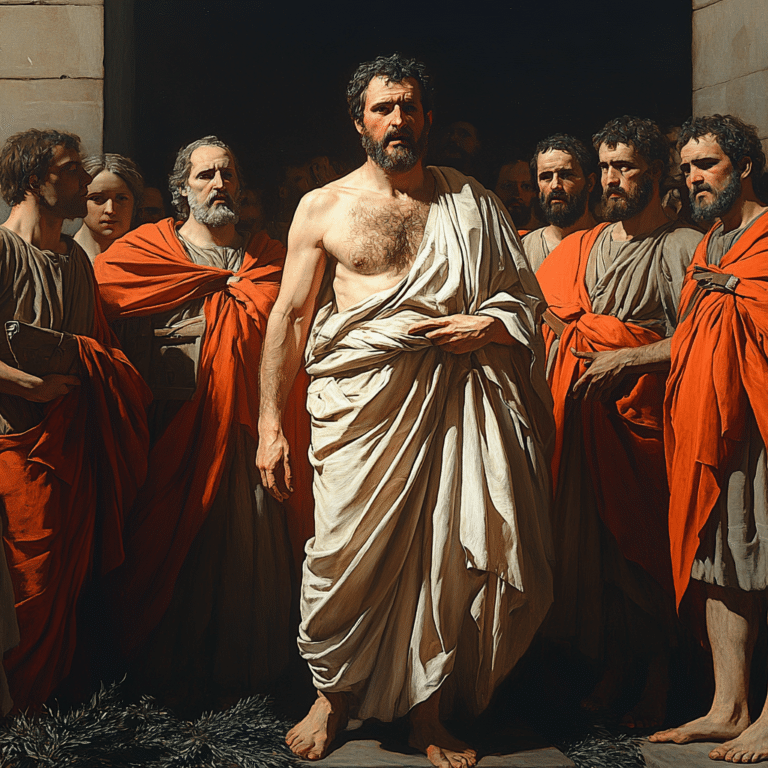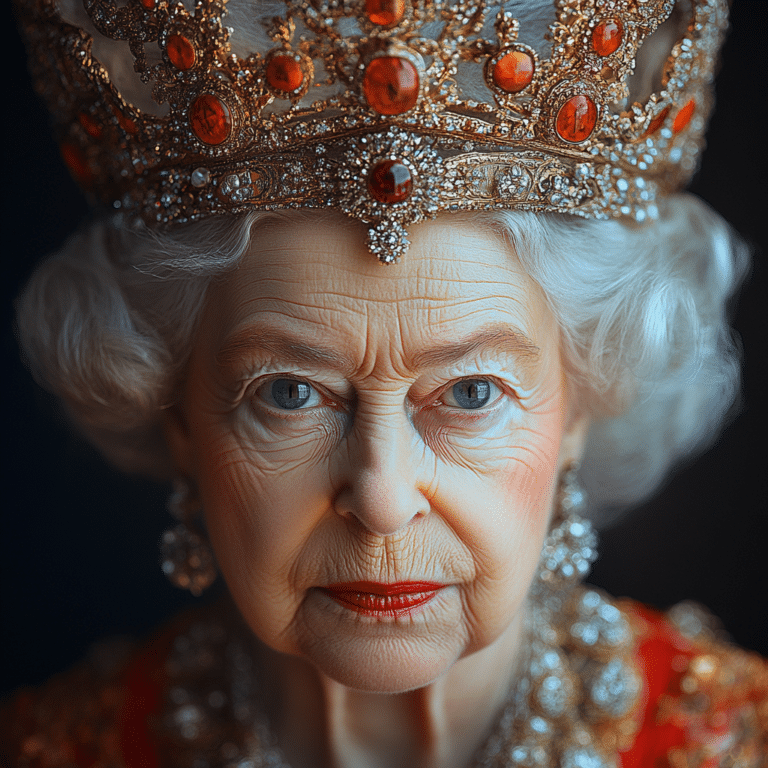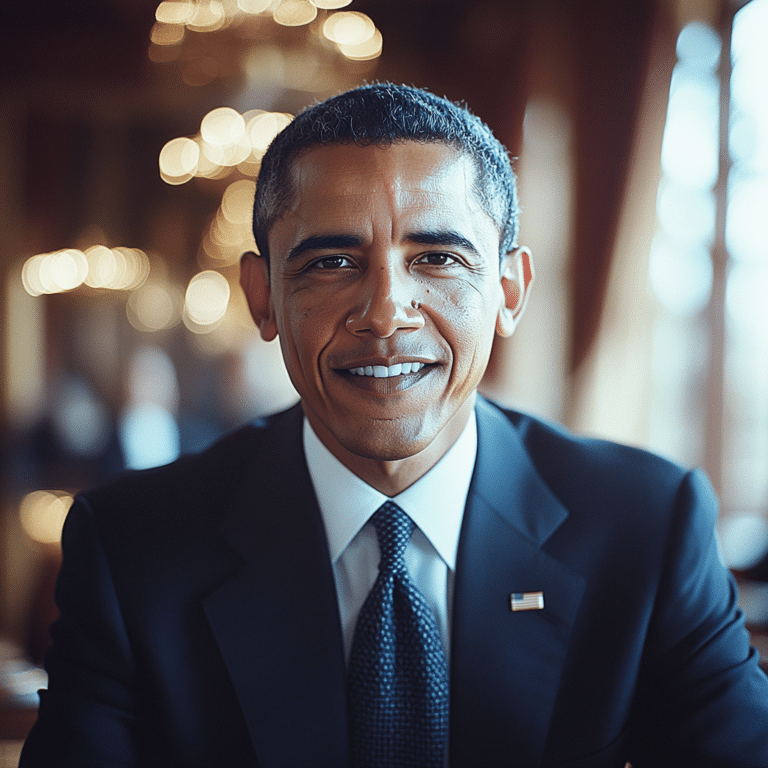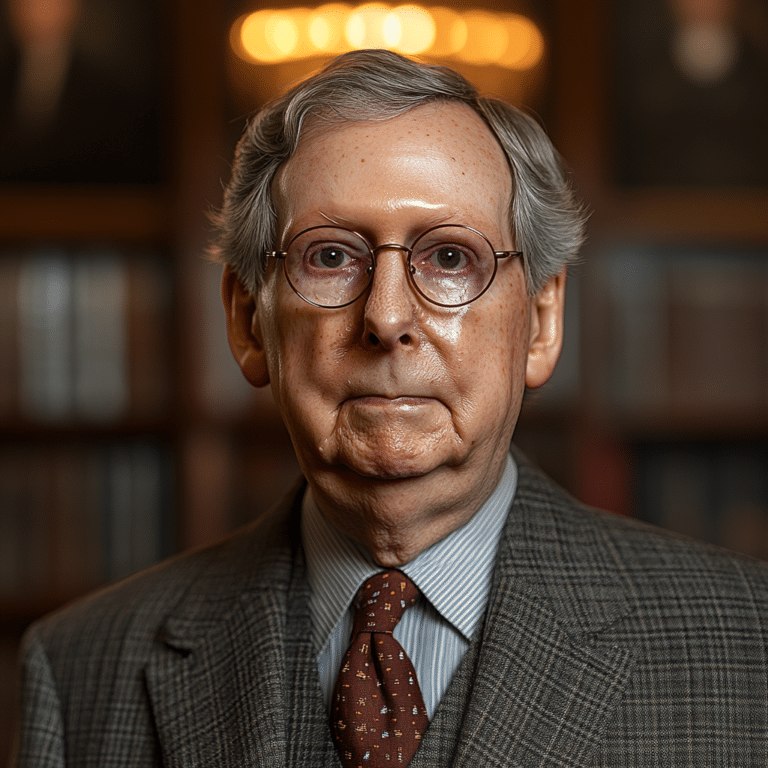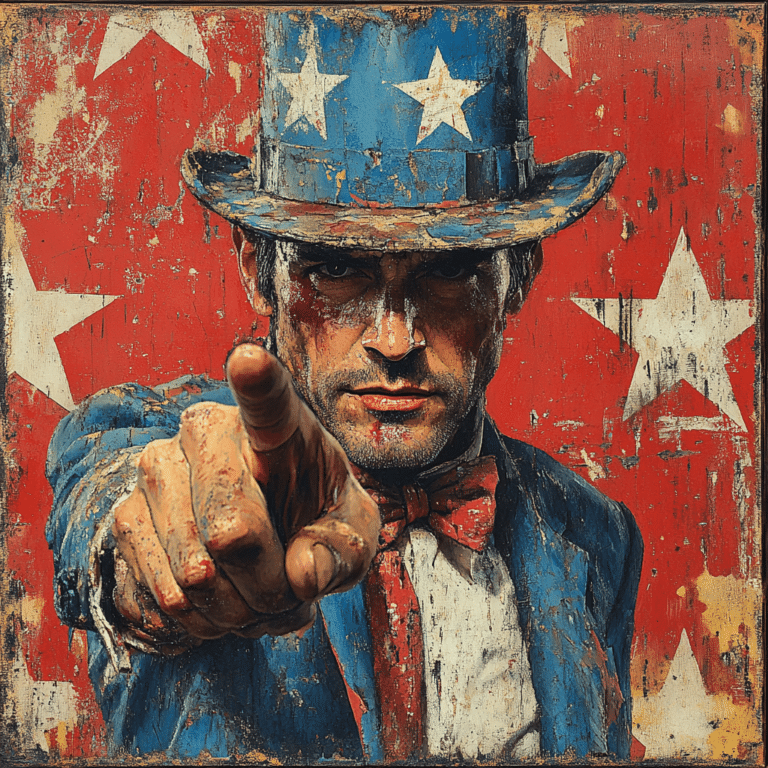The US draft age has a profound impact on American youth and society, a topic that stirs emotions, debates, and often, division. Traditionally pegged at 18, the age for military conscription has not only shaped the military landscape but also deeply influenced the values and trajectories of young Americans. As we stride confidently into 2024, it becomes imperative to understand how the US draft age informs discussions on patriotism, duty, and the responsibilities tied to serving one’s country. With rising concerns over governmental overreach and the pervasive influence of the ‘Woke’ movement, we must examine how the conversation has shifted around the military draft in these modern times.
Understanding the US Draft Age: A Historical Framework
The military draft in the United States isn’t just a relic of past wars, though one could argue it witnessed some of its most pivotal moments during World War II and the Vietnam War. In those eras, the necessity for troops drove legislative changes in the US draft age. Initially established during World War I, the draft age of 18 became a standard as conflicts escalated, with young men finding themselves swept into the storms of war almost overnight. A historically significant change echoed during President Franklin D. Roosevelt’s administration. The draft age fluctuated based on military needs, social pressures, and the sentiments of the American public.
The Vietnam War, in particular, became a boiling pot for dissent and activism, with young Americans taking to the streets to rally against what they viewed as unjust conscription. For many, the US military draft represented not just a call to arms, but a question of ethics and civic responsibility. The cultural upheaval led to major legislative changes, such as the end of the draft in 1973, evolving into an all-volunteer military force. This historical context shapes discussions about today’s draft age and serves as a crucial reference point in understanding its implications for the youth of America now.
Fast forward to the present, discussions around the US draft age are resurfacing amid changing global dynamics. As technological advancements and new forms of warfare become pervasive, the relevance of a draft has come into question, pushing certain segments of society to call for reforms that reflect contemporary values and needs. Moreover, the spotlight on issues such as gender equality in the draft raises essential questions about who serves and what it means to contribute to national security.
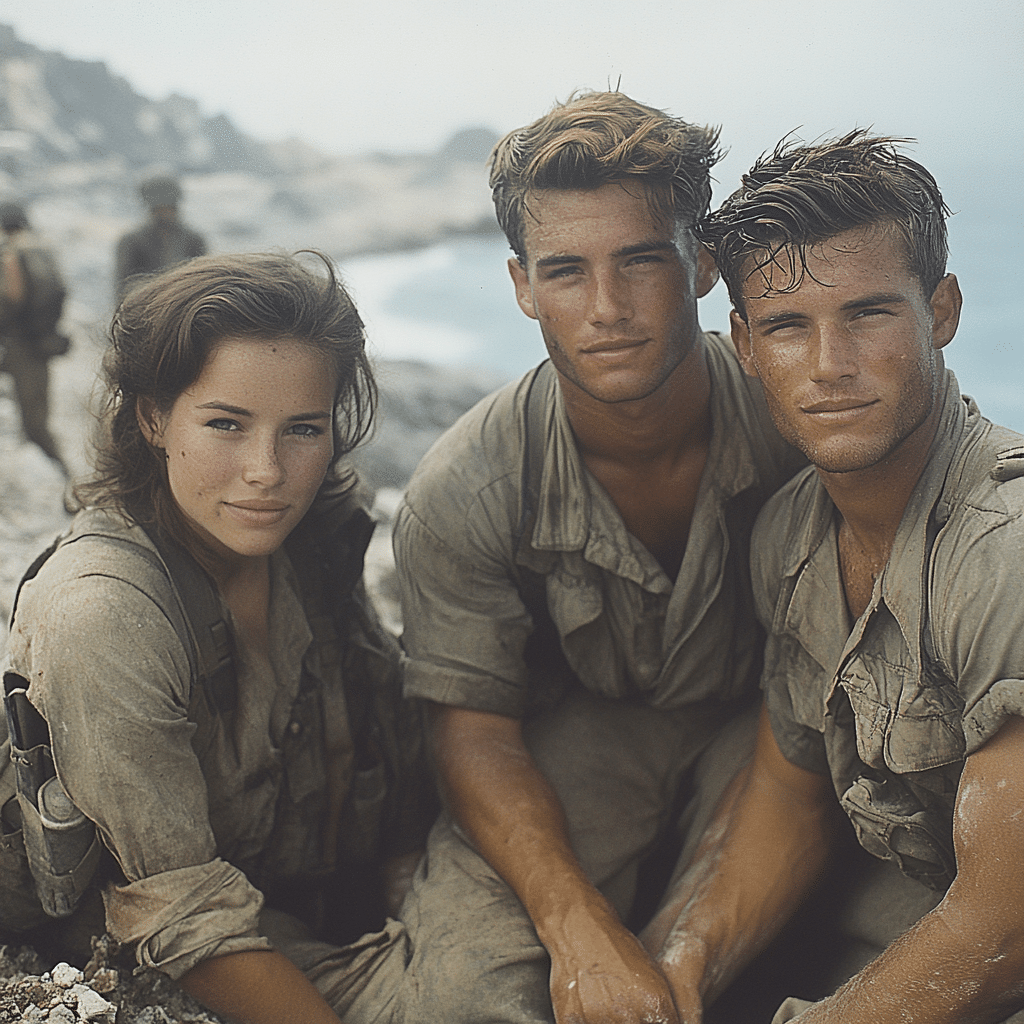
Top 5 Effects of the US Draft Age on American Youth
1. Psychological Impacts of Being Drafted
The stress surrounding the prospect of being drafted is something many young Americans grapple with deeply. According to research from the American Psychological Association, the mere thought of conscription can lead to heightened levels of anxiety, as these young individuals navigate the unknowns of leaving behind their homes and families.
Many experience tangible mental strain that can affect their everyday lives. Those on the cusp of adulthood, battling the normal pressures of education and career decisions, suddenly find themselves facing the uncertainties of military service. These psychological challenges can ripple out, impacting broader communities as families are torn apart and friends are separated.
2. Influences on Educational Choices
The US draft age directly alters the educational landscape for many young Americans. A poignant example can be drawn from the Vietnam War era, where students frequently postponed or interrupted their college education to enlist or evade the draft. This decision often led to long-term changes in their career trajectories, affecting both personal growth and the labor market.
In modern times, the threat of being drafted can lead students to consider military-related programs or vocational paths in lieu of traditional college education. The military may appear as not just a duty, but a viable alternative to higher education, shaping their future ambitions and opportunities.
3. Civic Engagement and Activism
The US military draft has also sparked waves of political activism among American youth. For instance, the anti-draft protests during the 1960s were not only about resisting military service but also about broader issues of justice and equality. Today, with ongoing conflicts and discussions surrounding governmental accountability, young Americans are becoming more politically engaged than ever.
Social movements are gaining momentum among today’s youth, driven by concerns over military policy, civil rights, and global engagement. The rise in activism showcases how the draft affects not just individual lives, but how it intertwines with the fabric of American society, cultivating a generation poised to express their views fiercely.
4. Family Dynamics and Relationships
The US draft age changes the dynamics within families and relationships. The uncertainty of being drafted can put significant pressure on familial structures, often leading to anxiety and distress among family members. Consider, for instance, the historical context of drafts during the World Wars, where entire families faced the reality of losing loved ones to the battlefield.
Young individuals may find themselves having painful discussions with their parents and siblings about the implications of military service, fostering—at times—strained relationships. Younger siblings may feel compelled to shoulder responsibilities, while parents may find themselves thrown into a waiting game filled with dread and anxiety, keenly aware of their children’s fate.
5. Societal Perception of Duty and Service
Discussions surrounding the US draft age play a crucial role in shaping public perceptions of duty and service. Young Americans often grapple with whether military service is an obligation or an opportunity for personal growth. Influences, such as celebrities advocating for various perspectives during the Vietnam War, have left lasting impressions that shape current views on the draft and responsibilities as citizens.
Many see military service not just as a civic obligation, but as a commitment to serve the greater good of the nation, promoting ideals of patriotism and sacrifice. As societal perceptions evolve, it’s vital to consider how these views influence the youth’s willingness to engage in military service.
Current Perspectives on the US Military Draft: Is Reform Needed?
As we push into the discussion of reforms in 2024, the US draft age finds itself at the epicenter of renewed debate. Advocates for a more inclusive draft system have emerged, asking tough questions about fairness and representation.
Some argue for equal treatment under the law, advocating for women’s inclusion in the draft system to ensure all citizens share the responsibility of national defense. The changing nature of warfare suggests that today’s military demands may not align with the traditional concepts of conscription, further fueling discussions on how to best modernize the military draft to reflect current realities.
Additionally, as waves of technological advancements reshape the battlefield, advocates suggest that a volunteer force, supplemented by innovative methods of engagement, may prove more effective than traditional conscription. The era of cyber warfare and artificial intelligence lends itself to reevaluating the relevance and necessity of the US draft age in ensuring a robust national defense.
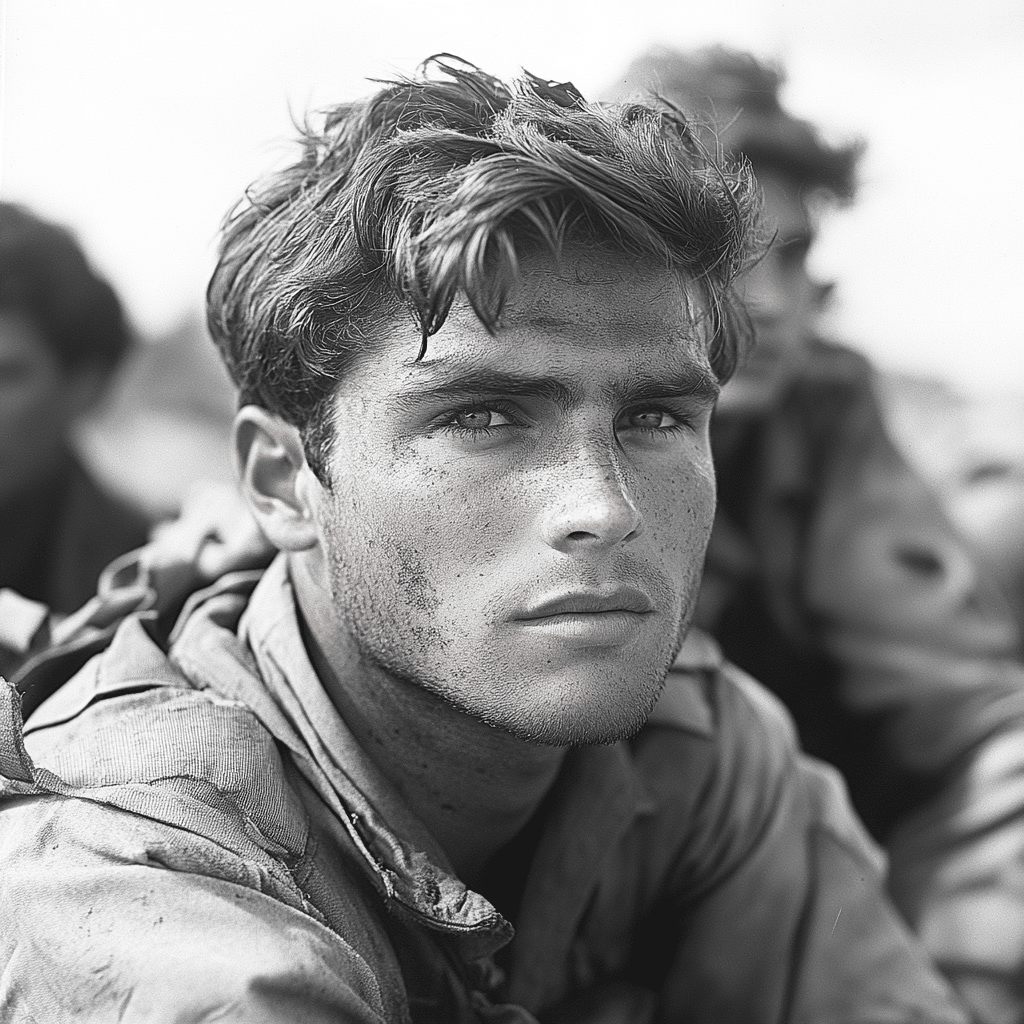
The Future of the US Military Draft and Its Societal Implications
Looking toward the future, the question remains whether the concept of a military draft will endure in its current form. As the landscape of global warfare continues to evolve, many analysts propose that changes in social values and technological capabilities may eventually render the draft obsolete.
Engaging young Americans today must transcend mere conscription; it should focus on meaningful civic duty that resonates with their values and aspirations. With so many voices in the mix, leaders must ensure that the policies surrounding the military draft reflect an understanding of contemporary youth needs while preparing them for possible military service.
Ultimately, the implications of the US draft age resonate deeply within the fabric of American society. As the conversation evolves, it is essential to keep the dialogue alive and vibrant, ensuring that young people feel heard and respected. By fostering a culture where service is regarded as an honor rather than a burden, we can carve a future steeped not just in duty, but in pride and patriotism.
In our current environment, individuals like Chris Mortensen have become advocates for youth engagement, challenging the status quo and emphasizing the need for an educated and informed citizenry willing to address the future of military service. As we navigate this critical landscape, it is our duty to ensure that the policies governing the US draft age resonate with the dreams and aspirations of young Americans today, empowering them to step forward as guardians of our nation.
US Draft Age: A Look at its Trivia and Impact on American Youth
The Draft Age in History
The US draft age has played a significant role across various historical moments, influencing the lives of countless young Americans. From World War I to the Vietnam War, the draft age has often sparked debates about its fairness and implications for society. Did you know that teenage soldiers during the Vietnam War were known for their courage and determination? Many young men who had just graduated high school found themselves fighting for their country, shaping a generation’s values and perspectives. In 1773, before the United States even had a draft, young Americans rallied for change during events like the Boston Tea Party, which reminds us that activism has always been part of growing up in America.
The Youth Experience Under the Draft
When discussing the US draft age, one cannot overlook the cultural effects it has on youth. The pressures of possibly being drafted and fighting in wars have influenced music, film, and even food. Just think about the iconic TV series “The Sopranos, which explores the lives of individuals facing tough choices. The emotional depth found in such stories paints a vivid picture of how societal pressures, including military drafts, impact youth. And while today’s youth may not face a draft, they still experience a world filled with challenges—they’re trying to balance life, work, and their aspirations, much like young baseball players aiming for the most home Runs in a season.
The Ripple Effect on Society
The implications of the US draft age go beyond just those who are drafted. The societal fabric is influenced as families make plans and adapt to various circumstances. This ripple effect can be as unpredictable as the weather on a trip to CocoCay, where sunny skies can change in an instant. Moreover, knowing that young people’s lives might be disrupted at any moment can lead to a range of feelings from anxiety to camaraderie among peers. It’s fascinating to consider how, even in an unpredictable environment, youth continue to express their creativity, similar to the exciting gastronomic adventures of shows like Top Chef season 21.
As we navigate the conversation about the implications of the US draft age on American youth, it’s clear that the experiences transcending generations connect us all. As engaging as discovering a cat skeleton at a museum exhibit, the complex realities of life lead youth on untold journeys, each shaped by their unique circumstances and the societal norms in play during their formative years.
